3 Reasons to grow your own salad greens and how to do it in the soil in a square foot garden or in hydroponics, aeroponics or the Kratky method.
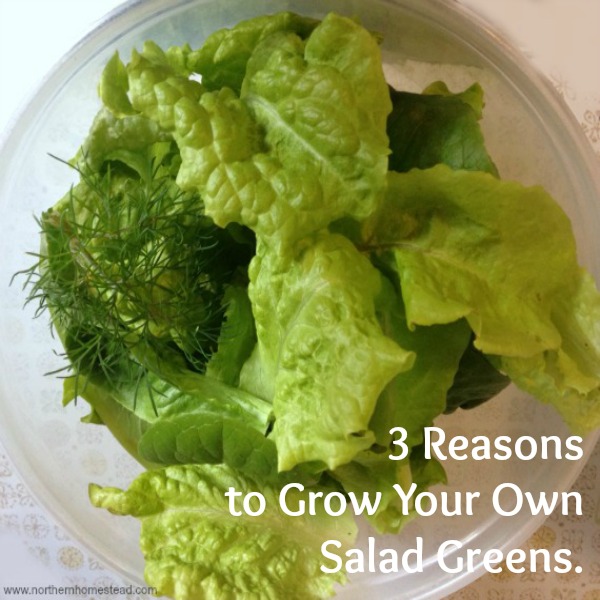
A retired M.D. still remembers how he and his wife started in our rural area. His wife wanted to buy some salad greens from a local store, but there was none. Rural people grew their own, so stores did not carry any. Things have changed drastically in the last 50 years. Now you can find salad greens in all grocery stores, and only a few families still grow their own. It seems convenient to get your salad from a store, often even washed and ready to serve, but, is it?
There are at least 3 reasons you should consider growing your own salad greens, and it is easier than you would think. But first, let’s see why, and then we will take a look at how to grow your own salad greens.
1. Salad greens from the store can be dangerous
Food contamination can happen here and there when it comes to meat, eggs, and dairy, but salad, can a salad be dangerous too? Well, it can, and it is. Dole’s salad recalled after Listeria kills 1, sickens 12 is just one, but a rather extreme case. Most salad contamination will not kill you, but they still might be the most unhealthy food on your plate. There are at least two reasons for that:
a. Salad greens are a very fragile product. The tender leaves wilt within hours, but the grocery greens need to be fresh for days. It often has to travel for many miles and still be looking good on the day of purchase. To achieve this salad greens need to be preserved. And even if you buy organic, it most likely is in a package that has been sprayed with preservatives. If you grow your own, you know, tender greens do not last without them. Don’t be fooled.
b. A salad has to be clean. For some reason, consumers think that a bug on lettuce is way more dangerous than pesticides would ever be. Growers have to go to extreme lengths to make sure that nothing living is ever found on salad greens. Again, if you do grow your own, you might know how those fresh leaves can easily attract a snail or a bug here and there. That is not a big deal, it can easily be washed off. Not so the pesticides, they are not easily washed off, you will eat them!
Salad greens coated with preservatives and pesticides and maybe even contaminated with listeria do not sound very appealing, do they? It sure is much better to grow your own or at least get your salad from local natural growers. That leads us to reason #2.
2. Naturally grown salad greens are expensive (and for good reasons)
To buy your salad greens from a local farmer is hands down much better than from a grocery store. This lettuce does not have to travel for miles and be fresh for many days. By getting to know the farmer you might even find lettuce that is entirely preservatives and pesticides free.
But please be willing to pay a good price!
To be a fresh food farmer is hard work. It does not only take many, many hours out in the field but also in planning and selling the goods on time so it all is fresh and preservatives and pesticides free. If you can’t grow your own, by all means, support your local growers and make sure to pay that high price that the grower deserves.
3. To grow your own salad greens is so simple
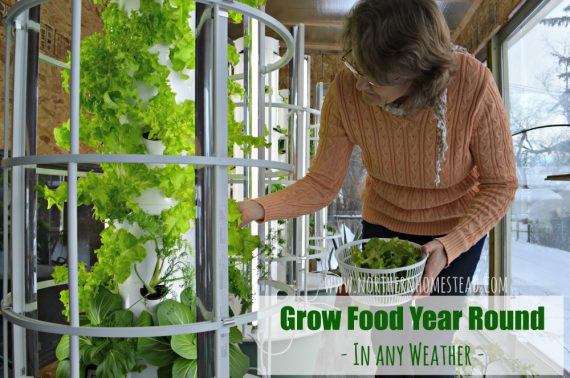
You might think that we just covered how much work a fresh food farmer has with your salad greens and now I’m telling you to do it yourself is simple? Yes, that is exactly right. If you just grow them for yourself without having to preserve them, nor make them look perfect for the market, salad greens are one of the easiest and fastest plants to grow.
How to grow your own salad greens year-round
Lettuce depending on varieties needs about 6 weeks from seed to harvest. If you want to have a salad a day, you need to grow 7 lettuce plants a week. Since it takes about 6 weeks to mature, simply grow 6 times 7 plants, that will ensure you a fresh salad every day.
Now, there is no reason to grow a whole lettuce head for each day in a home garden. When harvested from the bottom up, the most mature leaves first, a lettuce plant can continue to grow and produce for about up to 6 weeks.
Since it also takes about 6 weeks from seed to harvest, just plant every 6 weeks as many plants as you need. We find that 6 plants per person are a good amount for remain lettuce. For fast-growing leafy lettuce like Red Seal in the summer about halt, the amount is enough. Especially if you have other greens like sorel or spinach available.
It really depends on how many greens you like to eat and what your growing conditions are. Play around a bit, take notes and soon you will know how many plants you need.
Here are 2 simple ways to grow all your salad in very little space in soil or in water. There are more ways to grow lettuce, but this sure will get you started.
Grow salad greens in a square foot garden
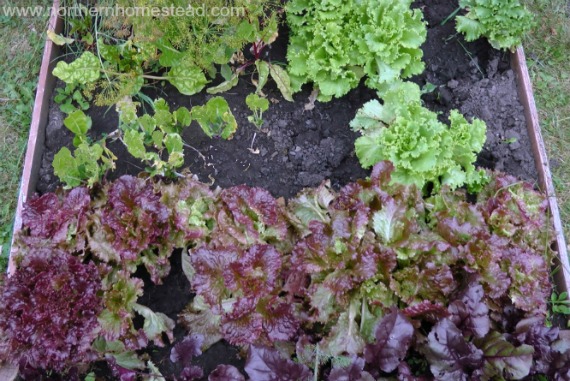
The square foot garden is an effective and easy way of gardening that can be done everywhere. Mel Bartholomew in his Square Foot Gardening books explains the process step by step starts to finish.
Growing the square food garden way, you can plant 4 lettuce in 1 square foot (0.09 m²). To grow 6+6 lettuces, enough for one person to enjoy every day, you will need 2 square feet of growing space. A 4×4 foot box will give you 16 feet of growing space, enough to grow lettuce for a family.
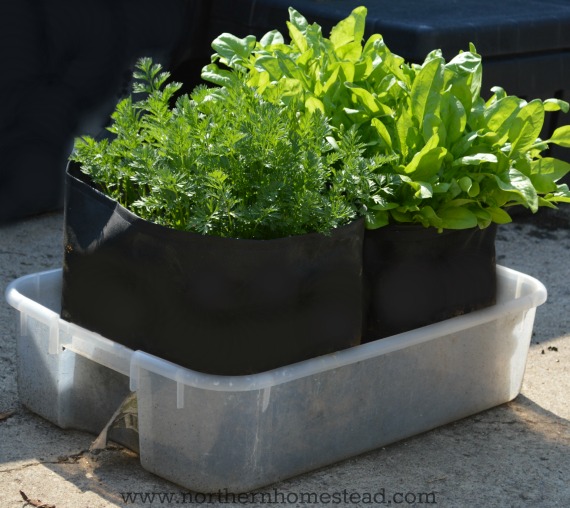
A Square Foot garden does not have to be a wooden box. Grow in planters, window boxes, or Grow Bags (read more how to grow in grow bags).
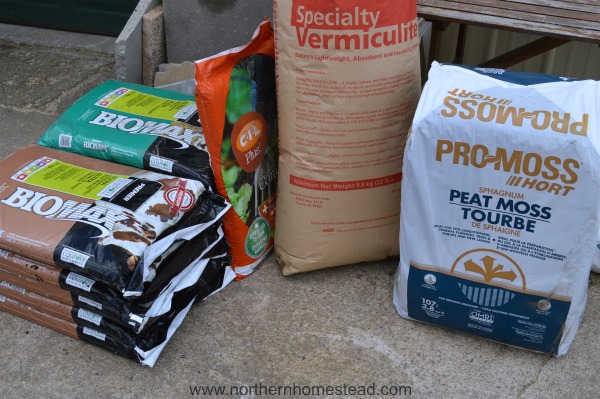
To start a square foot garden, mix together Mel’s Mix: 1/3 compost, 1/3 vermiculite, 1/3 peat moss. After every harvest and before planting new you can add a hand full of fresh compost to each square foot to make sure there is enough nutrition in the soil. Plant your new seeds, water, and watch the garden grow.
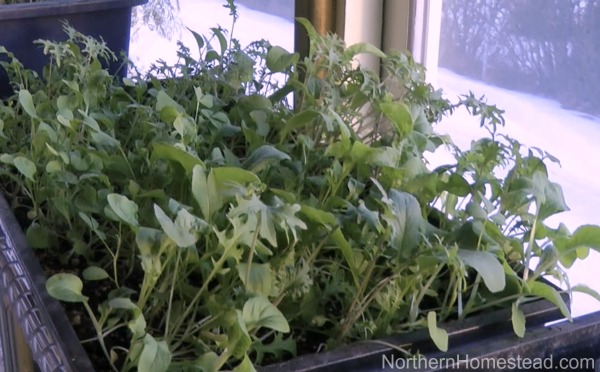
Microgreens and baby salad greens are also great for a salad and are even easier to grow especially if you want to grow indoors. See how to grow microgreens and baby salad greens here.
Grow salad greens in Hydroponics
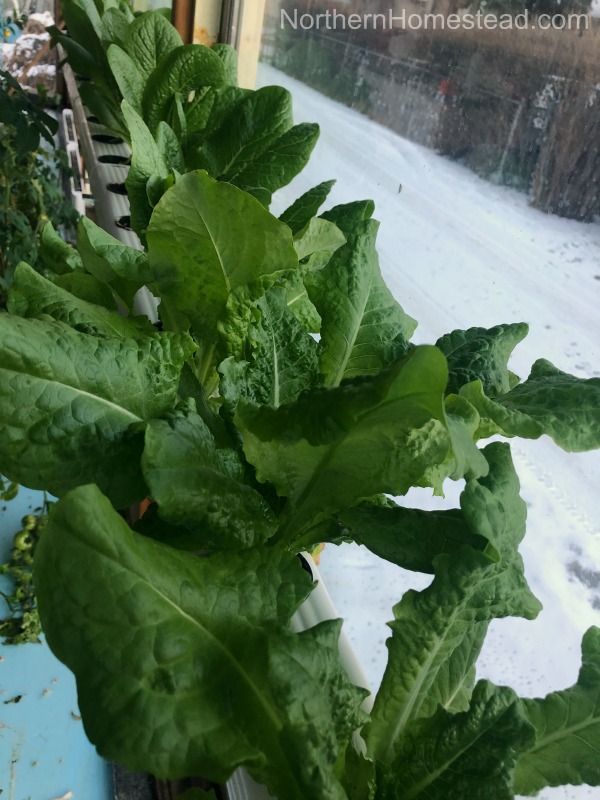
We grow lettuce year-round. To grow indoors we find is easier in water than in soil. Soil simply attracts more bugs and is more sensitive to the indoor environment.
NFT downspout Hydroponics system is an inexpensive and simple setup for growing lettuce year-round. See how to build your own here. This is a new system for us and it performs very well.

We also use the Tower Garden, a vertical aeroponic growing system, designed for home and commercial growers. It has proven to be great to grow not just greens. Using aeroponics you can grow up to 30% more produce compared to traditional soil gardening during the same time period.
Growing vertically, the Tower Garden allows us to grow up to 28 pots with one or more plants per pot, depending on the size of the plant. That’s container gardening-plus, 28 containers in less than six square feet of land!
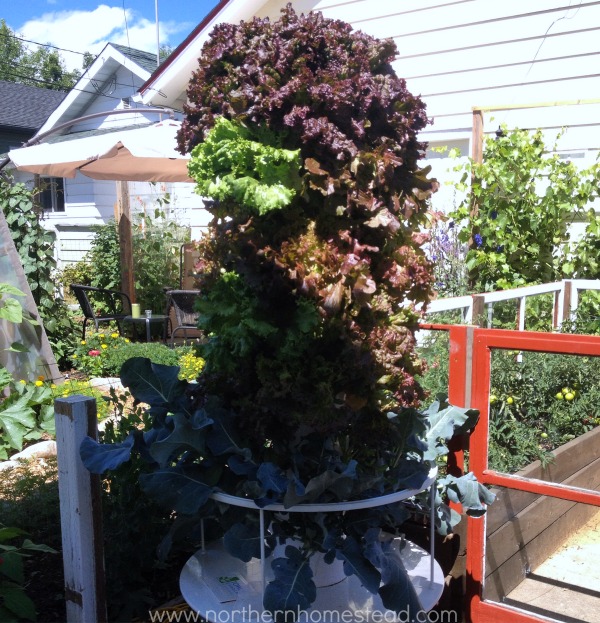
The Tower Garden also grows salad greens (lettuce, kale, etc) very well even during hot summer days. The Tower Garden for home use is sold through a virtual franchise. Find a Tower Garden distributor in your area or order online here: Tower Garden website. Note, we are not distributors, just growers.
If you are not handy to build an NFT system, and just want an inexpensive solution, start with a simple Growing Kit.
Or build your own Kratky hydroponics. Here is more info on the Kratky hydroponic method. It is the easiest method available. One lettuce needs one gallon of water with a nutrient solution in its lifetime. Place some milk jugs into a sunny window and grow amazing homegrown lettuce.
For nutrients we like General Hydroponics MaxiGro, it is inexpensive and works great.
Here you have it the 3 reasons to grow your own salad greens and how to do it in the soil in a square foot garden or in hydroponics, aeroponics, or the Kratky method.
Beside all the health benefits of growing your own salad greens, there is also a huge satisfaction. Imagine in a snow storm or during a heat wave still to be able to harvest your own fresh lettuce. It is so worth it, what is holding you back from doing it?
We invite you to subscribe to Northern Homestead and follow us on Instagram, Facebook, or Pinterest for the latest updates.



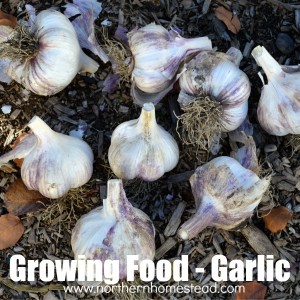

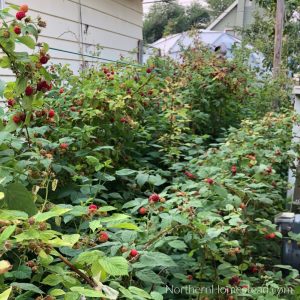
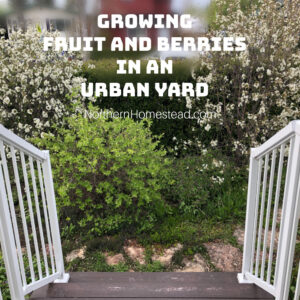

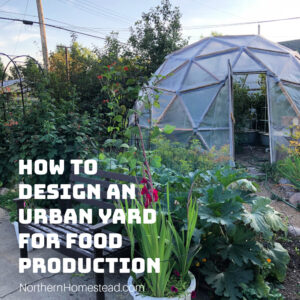
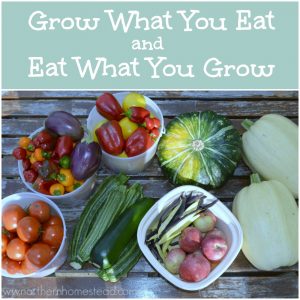

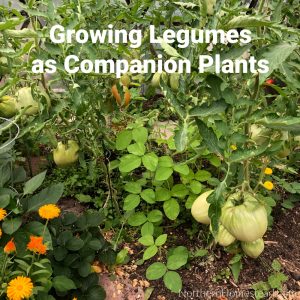
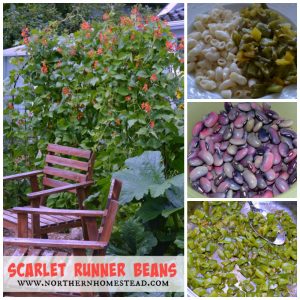

This is awesome. Growing indoors in soil is a challenge, the soil gets moldy very quick. Your Hydroponic plants look very healthy.
Thank you, we love our indoor garden. In our experience for indoor growing hydroponic is the best way to go. It really works, not just in theory.